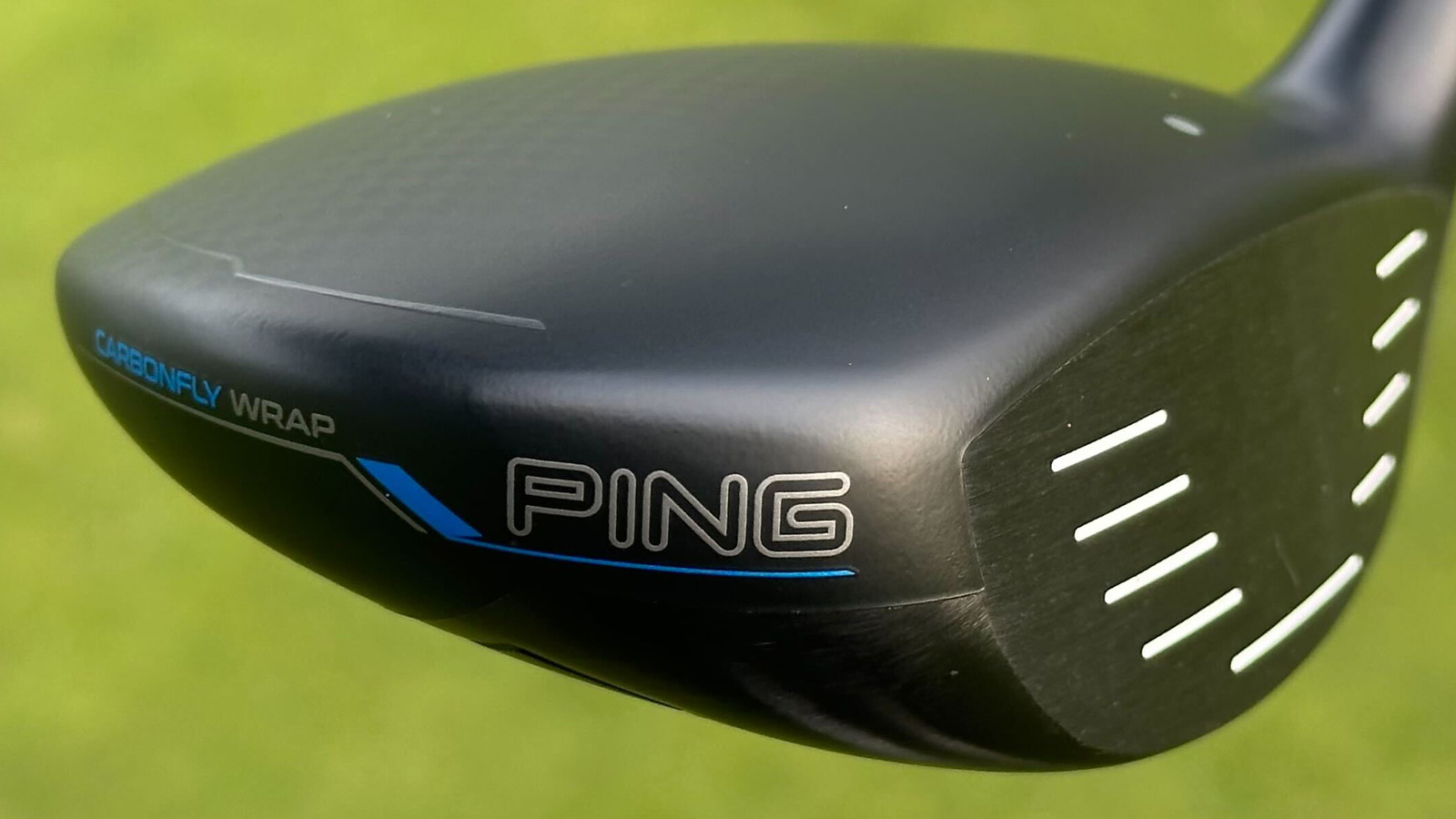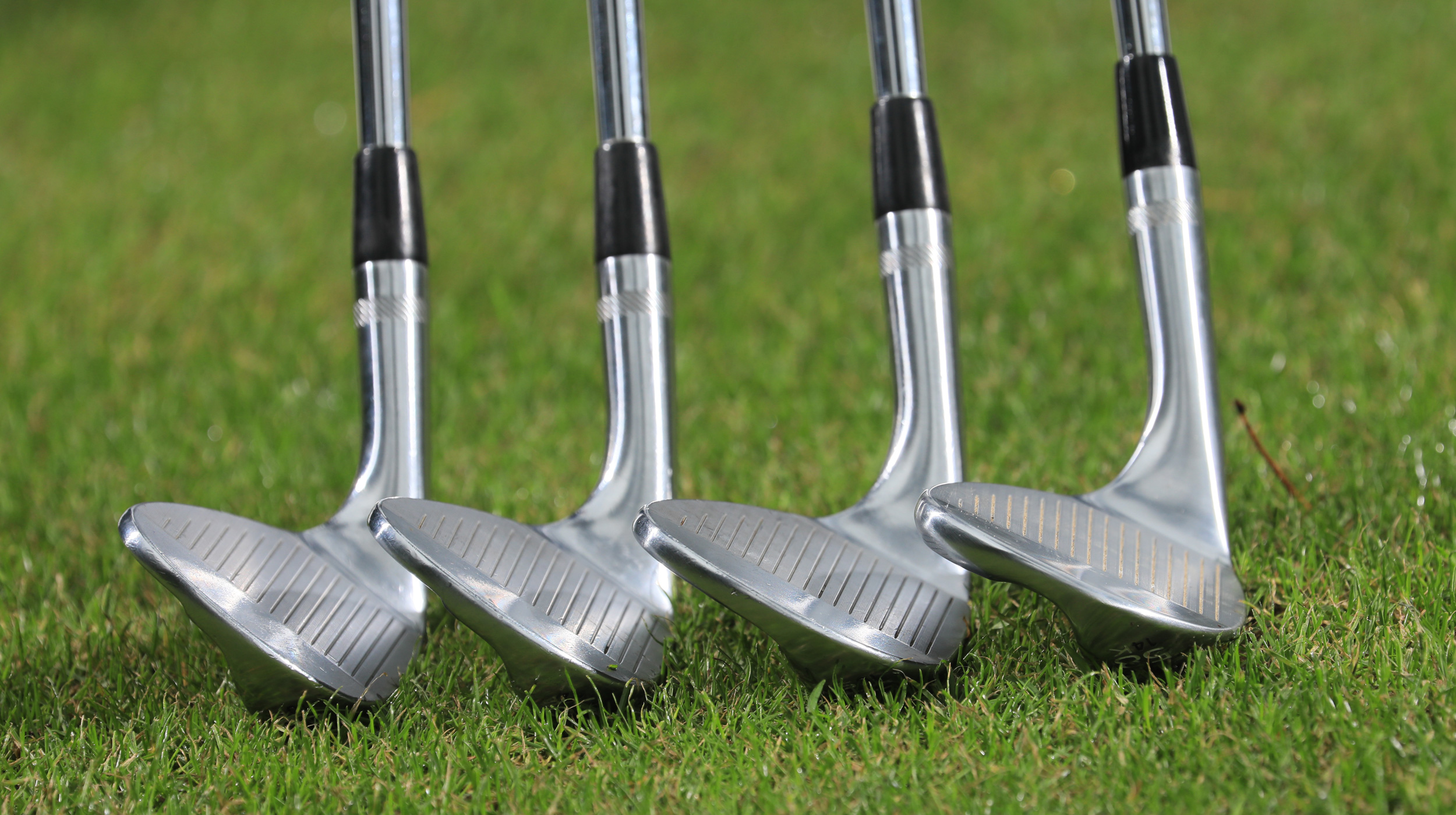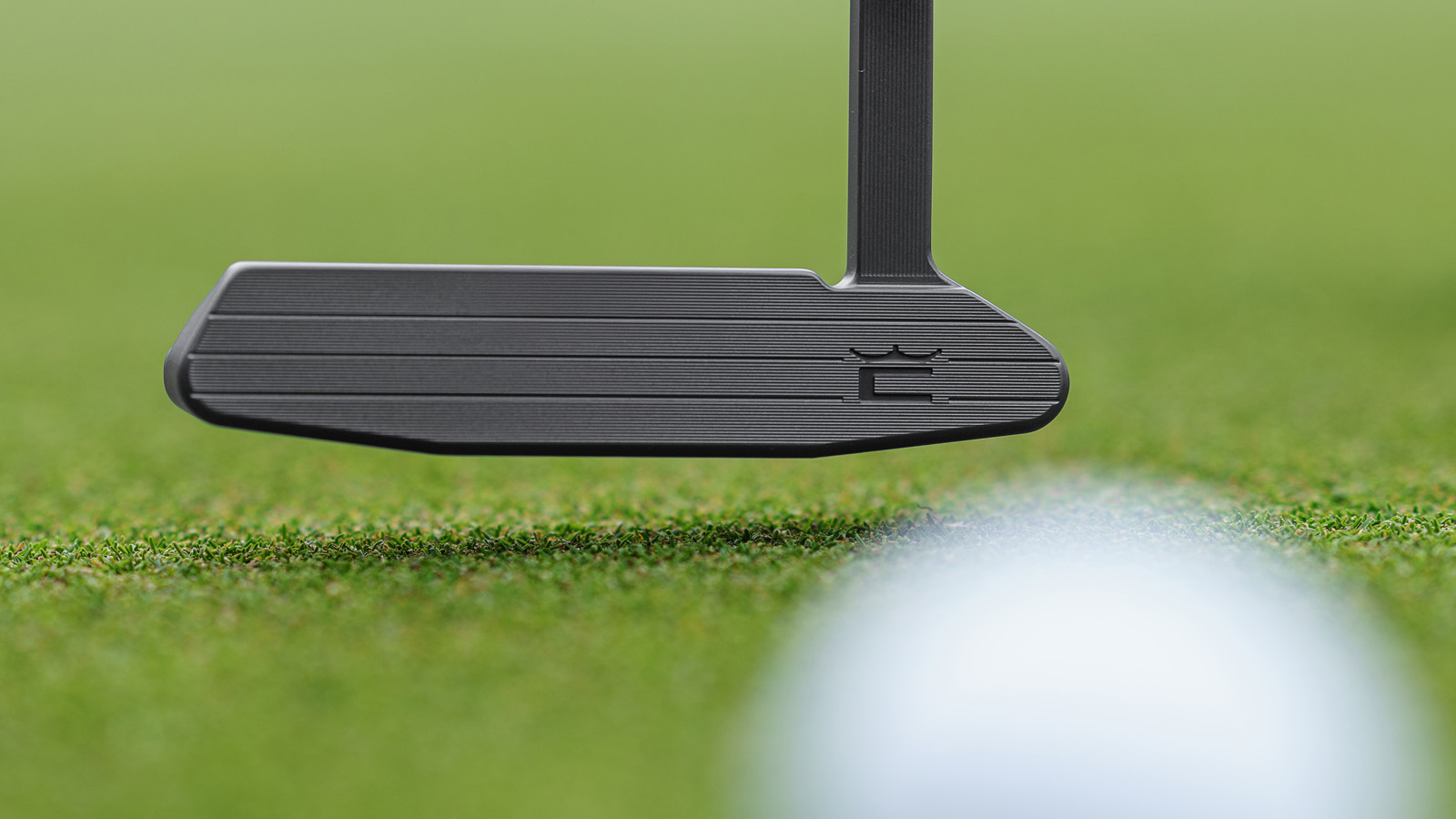Composing The Perfect Golf Bag: What Loft Should Every Club Ideally Be?
Getting the right lofts for each club can be a case of trial and error, but this guide should point you in the right direction...


Joe Ferguson
There's no right answer to this question. Lofts that work well for one player might not suit someone else, and that's because we all swing the club slightly differently.
However, we can give you a general idea of what lofts you should have for each club, which might prompt you to try something different or make a change to your set-up.
As we talk about the lofts of different clubs below, bear in mind that the best way to make sure the lofts are suitable for your game is to visit a PGA professional and get yourself on a launch monitor.
Driver
Generally speaking, the slower a player swings the club, the higher the loft needs to be in order to optimize carry.
That said, higher lofts won’t always work for everyone because other factors come into play, such as dynamic loft and angle of attack.
Spin loft - which is the difference between your attack angle (how much up or down the clubhead is traveling at impact) and the dynamic loft (the loft presented to the ball at impact) - is also important.
For example, if you hit 5° up on the ball and presented 10˚ of dynamic loft, your spin loft would be 5˚; whereas if you hit 2˚ down on the ball and presented the same 10° of loft, your spin loft would be 12˚.
Subscribe to the Golf Monthly newsletter to stay up to date with all the latest tour news, equipment news, reviews, head-to-heads and buyer’s guides from our team of experienced experts.
Spin loft plays an important role in determining how much backspin you put on the golf ball.
Again, generally speaking, the lower your spin loft the more optimized your distance will be, although it is dependent on your attack angle. For example, if you hit 2˚ down with a low dynamic loft, you will struggle to get the ball up in the air.
So, it's critical that your driver loft compliments your own delivery statistics to maximize performance.
Confused? Don't worry. These guidelines should help...

More loft
If you're a player will a slow swing speed (85mph or less), it might help to have more loft on your driver - somewhere around 12-14°.
Imagine you were using a hose to water your plants on the other side of the garden, but then the pressure was turned down - you'd have to tilt the hose up to try and maintain the same distance.
Downward hitters, meanwhile, tend to require more loft because they don't build any launch into their shots with their attack angle.
A downward striker with not enough loft will often struggle to get the ball up in the air, which is where greater loft can help.
There is a but: too much loft can raise spin loft too high and affect efficiency, which is why it is generally more beneficial to hit the driver marginally on the up.
Less loft
Let's say you have a swing speed of 105mph or more - you probably don’t require as much loft as a slow swing speed player because your ball speed is sufficient to keep it traveling on the optimum trajectory.
So, for you, a driver that has somewhere between 8.5-10° will probably be fine.
If you are more of a mid-swing speed player, meanwhile, which is considered to be around 95-104 mph, 10-11.5° would normally be a good starting point.
If you're a player who hits up on the ball, you already likely to have some launch pre-built into your shot; as such you may require less loft to reach optimal launch numbers.
This type of player has more chance of reaching their distance potential by reducing spin loft and taking advantage of a high launch, low spin ball flight.
Fairway Woods & Hybrids

Fairways
The standard loft of a 3-wood is 15°, but we're seeing more and more players in high launch 3-woods - so 16.5-17°.
Without going into too much technical detail, manufacturers have become better at controlling the center of gravity to lower spin.
It's also worth pointing out here that more players are now using 7-woods and 9-woods, and even 11-woods.
Dustin Johnson, for example, has a fairway with 25° of loft, and Tommy Fleetwood is one of a number of other players who has gone down this route.
When choosing what loft you need in your fairways, you should consider where you play most of your golf.
For example, let's say you play a lot of links golf in windy conditions. A lower lofted fairway wood might be preferable for the firm fairways where you can get the ball running low.
However, if you play a course with lots of water and forced carries, a fairway with more loft might be a better option.
And, as with the driver, it's about matching your speed and delivery conditions.

Hybrids
Hybrids with 16-17° of loft would be considered strong, whereas a 19° hybrid, which would be a 3-hybrid, is what we'd call the 'go-to' for most golfers.
Then you have your 4- and 5-hybrids at around 22° and 25°, respectively.
Hybrids fill the gap between your fairway woods and irons, so when you put hybrids in the bag they need to tick off the right numbers in terms of distance.
Irons

Lofts vary greatly between different models and different manufacturers, but a 4-PW set would typically range from 20-47°
Commentators often remark about the incredible distance today's players hit the ball, but this can be partly attributed to modern lofts being a lot stronger than they were 20-plus years ago.
For example, most 7-irons used to have a loft of about 35°, whereas now you'd find some with around 30° and lower.
It can be tempting to opt for a new set if you see each iron going further than the ones you have, but sometimes that's down to "loft jacking" - which is where lofts have become stronger over time.
Stronger-lofted irons can help some golfers, but it is a balancing act with the other technology in the club and matching up the launch angles to get the most out of a stronger lofted set of irons.
At the risk of sounding like a broken record, the best way of ensuring you play with a suitable set of irons for your game is to get custom fitted.
Wedges

It's vital that your pay close attention to your wedge line-up to maximize your scoring potential.
It's important to know what distance you hit the shortest iron in your set before selecting your wedges, which typically range from 46-64°.
Some pitching wedges which come as part of a standard set might have 42° of loft, so you wouldn't be doing yourself any favors with a 54° and 60° wedge - there's too big a distance gap there.
On the DP World Tour, the average number of wedges that a player carries is 3.87.
However, if you're a slow swing speed player, you might find that it helps to top load your bag with hybrids.
Putter

It's probably fair to say that most amateur golfers won't know what loft their putter has.
However, a putter is not just a putter, as anyone who has been for a putting fitting will tell you.
The standard loft on a putter is around 3.5-4°. If you play on long, bumpy greens most of the year, having a touch more loft might not be a bad idea, as this will help to get the ball moving above the grass quicker.
Conversely, if you play mostly on tightly cut greens, this is where it putter with 2.5-3° can be more effective.
Summary
Finding the optimal loft setup for your clubs is a process that depends on your unique swing characteristics.
Before going out and buying a new driver, fairway wood, or a set of irons, be honest with where you are in the game.
Generally speaking, higher handicap players and beginners are likely to benefit from more loft, while more accomplished golfers prefer less.
If you're someone who is struggling to get the ball up in the air, higher lofts can be game-changing, while reducing loft might help if you hit the ball too high.

Michael has been with Golf Monthly since 2008. A multimedia journalist, he has also worked for The Football Association, where he created content to support the England football team, The FA Cup, London 2012, and FA Women's Super League. As content editor at Foremost Golf, Michael worked closely with golf's biggest equipment manufacturers and has developed an in-depth knowledge of this side of the industry. He's a regular contributor, covering instruction, equipment, travel and feature content. Michael has interviewed many of the game's biggest stars, including seven World No.1s, and has attended and reported on numerous Major Championships and Ryder Cups around the world. He's a member of Formby Golf Club in Merseyside, UK.
- Joe FergusonStaff Writer
You must confirm your public display name before commenting
Please logout and then login again, you will then be prompted to enter your display name.